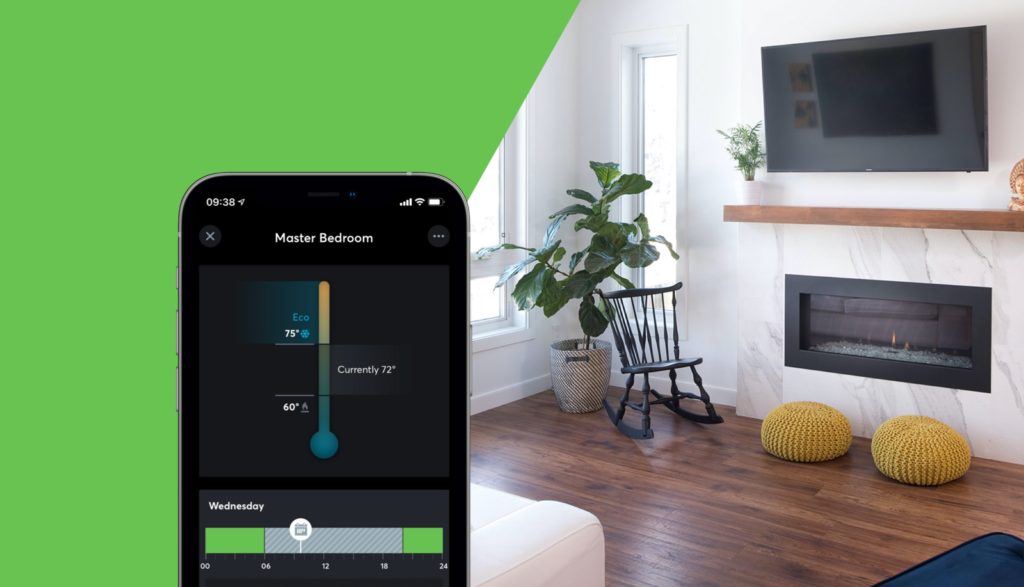
Replacing HVAC system: Smart features guide
If you want to step up your building’s energy efficiency game, it might be time to optimize your HVAC system. Find out how you can save 40% in heating and cooling costs for your home without the need to replace the whole HVAC system.
Let’s start simple with thermostat control
A traditional HVAC system will have one or two thermostats for control like the one pictured below – upstairs and/or downstairs, or leaving one floor with no thermostat at all. You know how it goes, you set a temperature, switch between heating and cooling when you’re not comfortable or leave your home. What’s missing? Temperature schedules, remote control, individual room temperatures. This actually makes a huge difference.
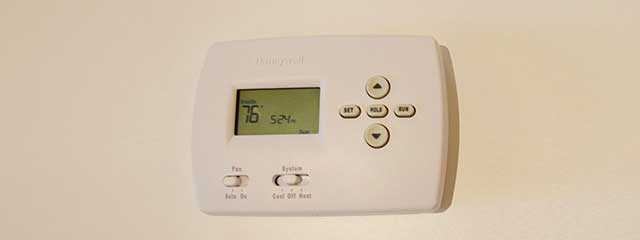
With a regular thermostat, there is no truly smart way to control the HVAC system. When you integrate Loxone into your HVAC system, you get much more than app control – a selling point for most “smart” thermostats. Instead, you add a “brain” to your system that knows how to adapt to when you are at home or away, and keep you comfortable without the need for manual adjustments.
Drawbacks to traditional HVAC Control

Unbalanced heating and cooling throughout the house
Thermostats tend to use hallway temperatures as a reference to control heating and cooling in all rooms, resulting in a temperature imbalance.

Manually switching between cooling and heating
The need to switch the cooling and heating system back and forth in order to get a desired temperature is an inconvenient and costly hassle.
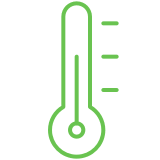
Need to go to each thermostat to set up or change heating and cooling schedules
There is no possibility of setting flexible schedules or presence-based heating and cooling.
5 smarter features for HVAC control
By removing the thermostats and hooking up the Loxone Miniserver to the new HVAC system, it is possible to get a fully-fledged, self-learning and easy-to-use HVAC control that operates based on your chosen parameters. It provides the house with optimal temperature throughout the day, while keeping the energy costs low.
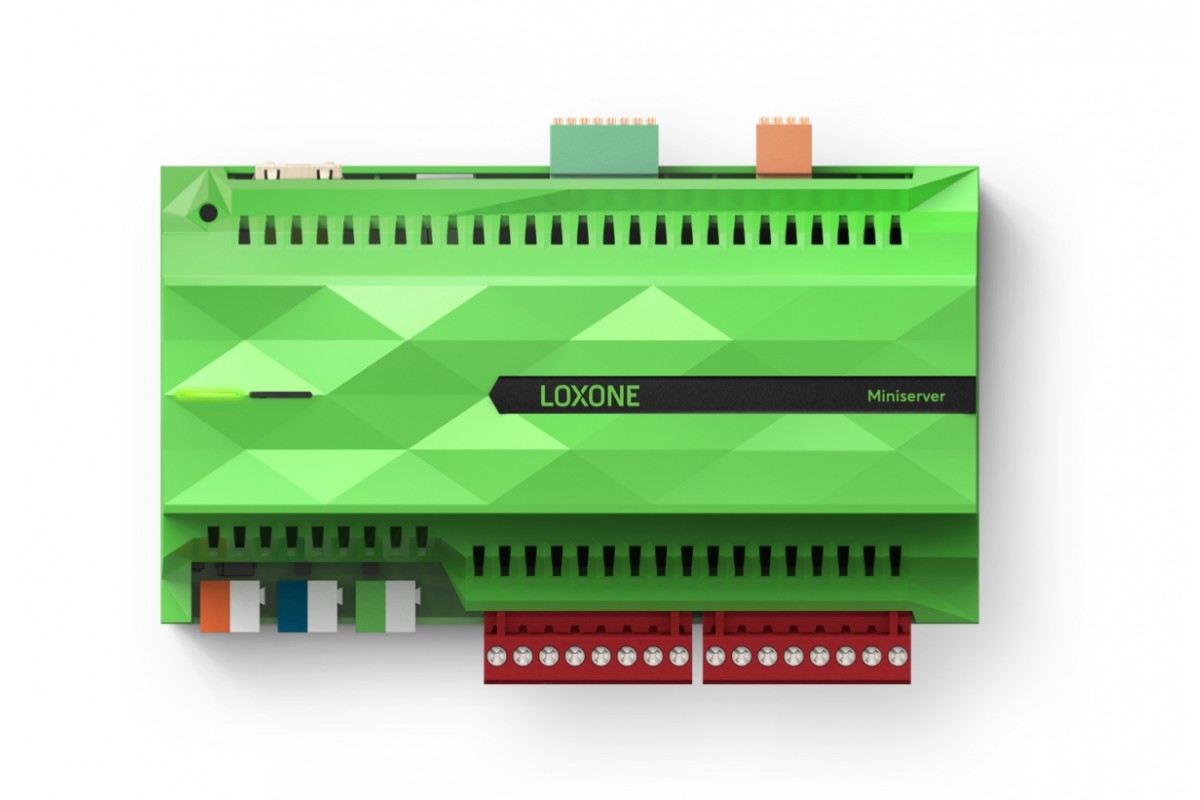
1. Eco heating schedules
Easily set up individual heating schedules for each day of the week on your smartphone or computer with the Loxone App – instead of adjusting all thermostats individually.
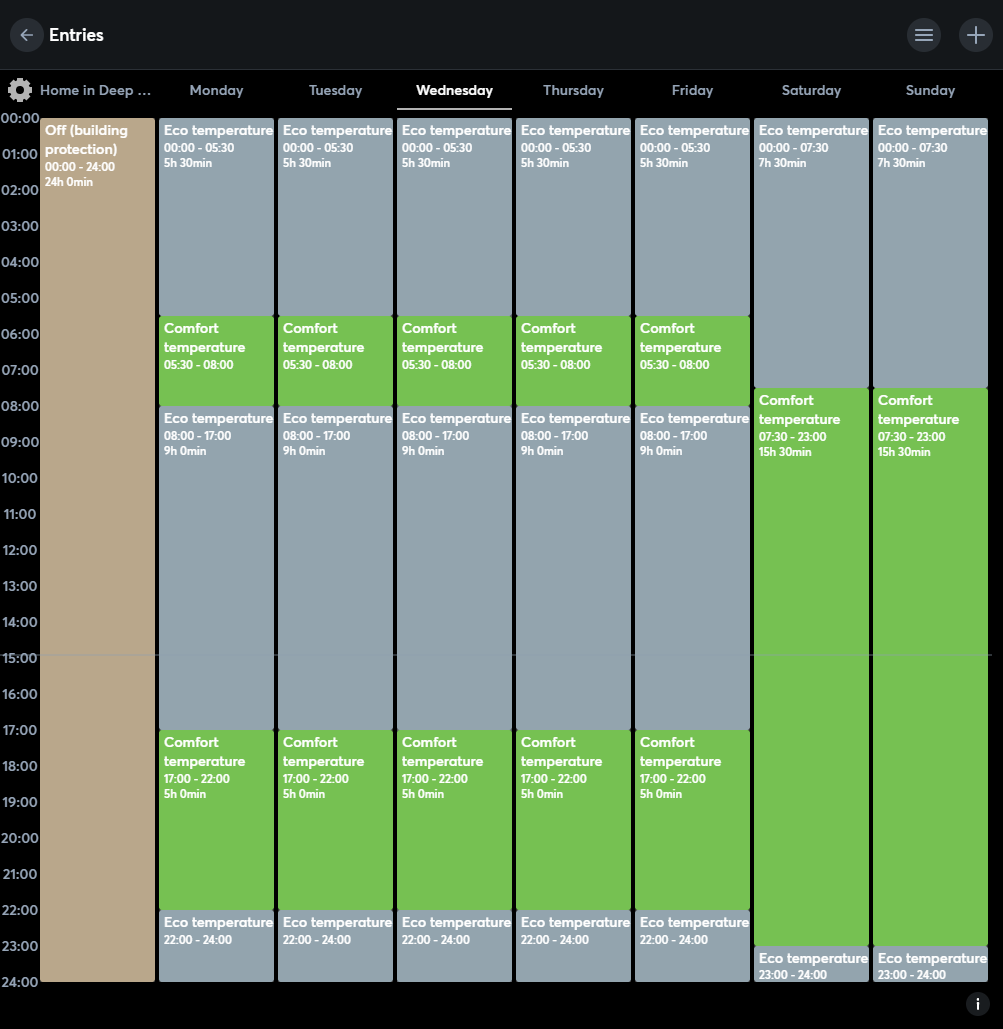
2. Presence-based heating & cooling
By setting up an automatic Away Mode, the system will conserve energy if there is no movement detected by sensors for more than 30 minutes. As soon as movement is detected again, the temperature will adjust back to the normal level, saving energy without compromising comfort.
3. App control
With Loxone, the HVAC system works automatically without a thermostat or the need for manual control. However, it is still possible to control the whole system manually with the free Loxone App. Temperatures, modes and schedules can be easily set. Imagine you’re returning from winter vacation early: from your car, you can set the temperature of your home so that the home welcomes you comfortably.
4. Overheat & Frost protection
The Miniserver interacts with sensors that monitor the temperature in each room. Your HVAC system ensures the temperature in any room never drops below or rises above a set point. If a sensor detects extreme changes for any reason, a notification will be sent to alert you instantly.
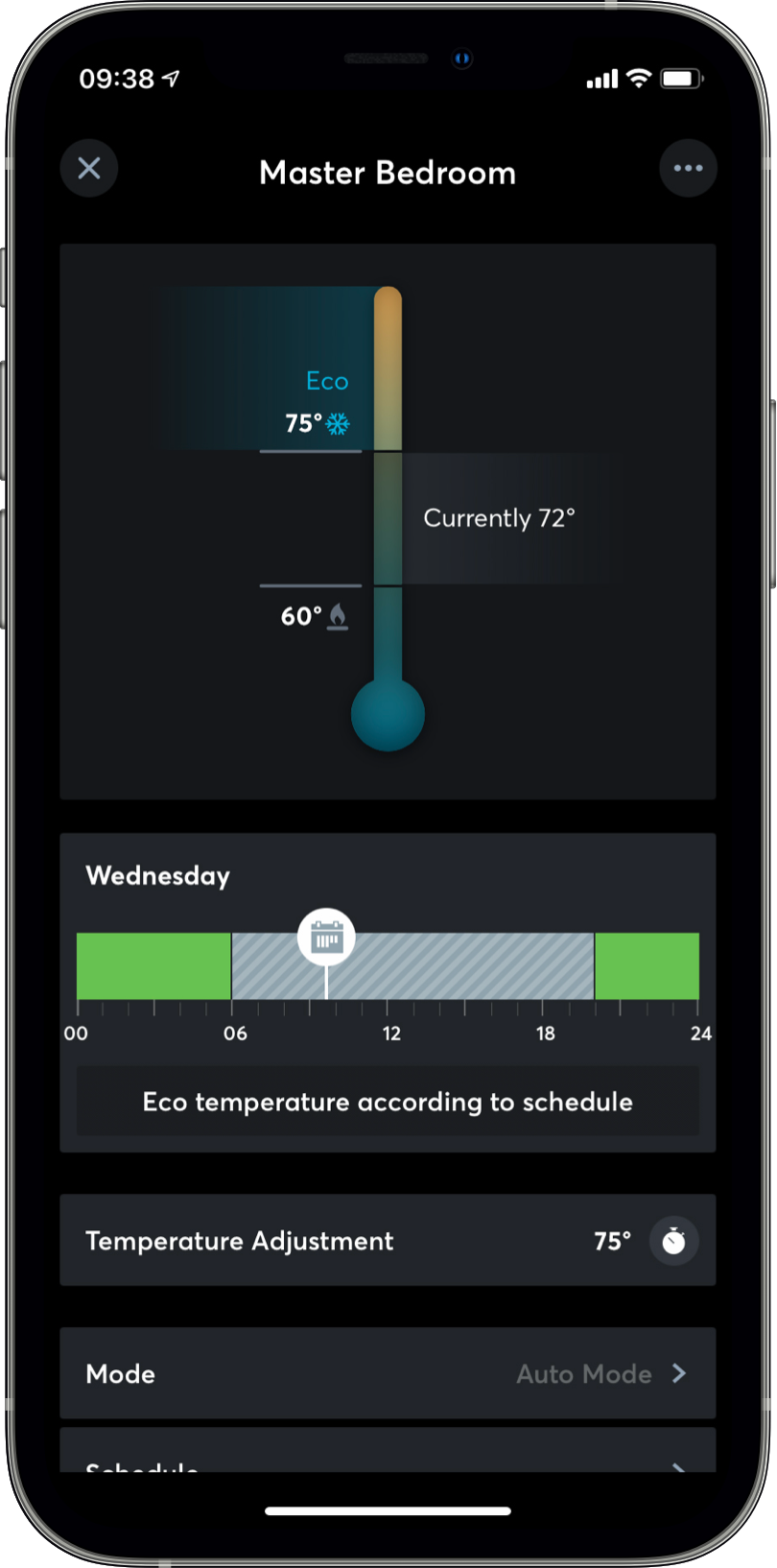
5. Precise temperature monitoring & control
The Miniserver responds to the temperature of all rooms in the building, calculates the average temperature for each zone, and sets it to the exact temperature. If the temperature difference between the hottest room and the coldest room is too high, the fan is turned on automatically to balance the temperature.
This interaction starts with the temperature and humidity sensors that are built into the Loxone Touch and the Room Comfort Sensors.
The Miniserver even learns how long it will take the home to reach the desired temperature. For example, if we want our home to be at 70°F by the time we get home at 6:00 p.m., and the house takes an hour to heat up, the HVAC system knows to turn on at 5:00 p.m.
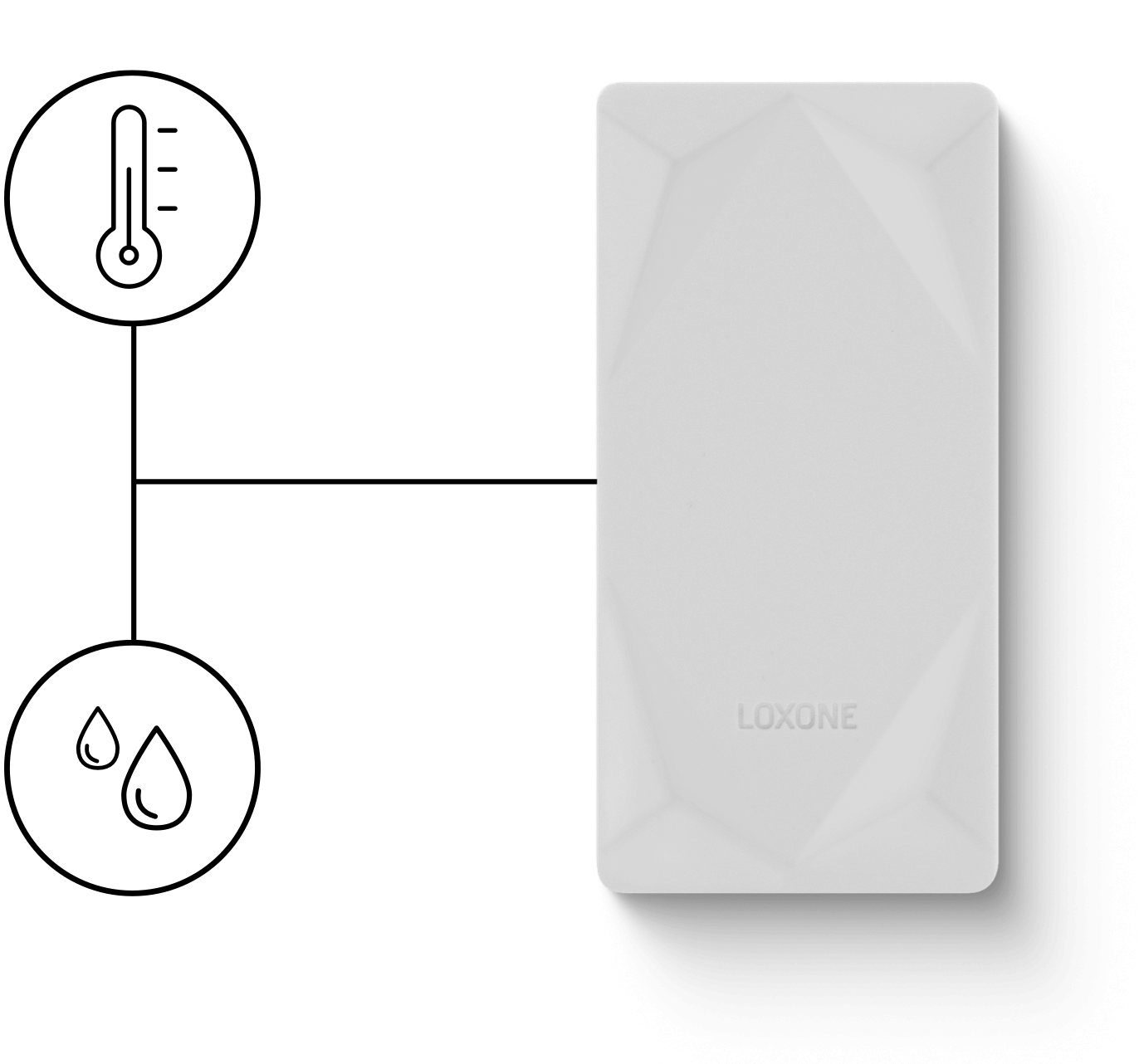
Hooking up the HVAC system: Tech details
Here you have the different steps to follow to connect the HVAC to the Miniserver:
- Turn off the power and remove the wall thermostat.
- Pull back the thermostat cable and run it to the Miniserver.
- Connect the thermostat cables to the outputs of the Miniserver. One relay should be used to switch the fan on and off, another one should be used for heating and a third one for cooling.
The temperature in each room can be monitored by the built-in temperature and humidity sensors in the Loxone Touch switches and the wireless Loxone Temperature and Humidity Sensor Air. And with a few small changes, the same setup also works for ambient heating and cooling pumps.
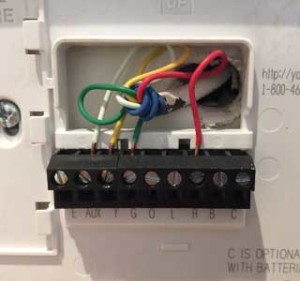
Let's talk about your project!
We are happy to help you plan your next project and show you the cost cutting and guest experience enhancing possibilities available with Loxone. Just leave us your contact details and we will be happy to get back to you.
The Loxone Advantage

No charge, no obligation
Our consultations are free of charge and there is no obligation to do anything after the chat.
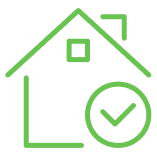
Consult directly with the manufacturer
Talk to one of our Loxone Experts and get advice directly from the manufacturer.

Call us from anywhere at your convenience
Our consultations are conducted by phone, so you don't have to carve out a lot of time.